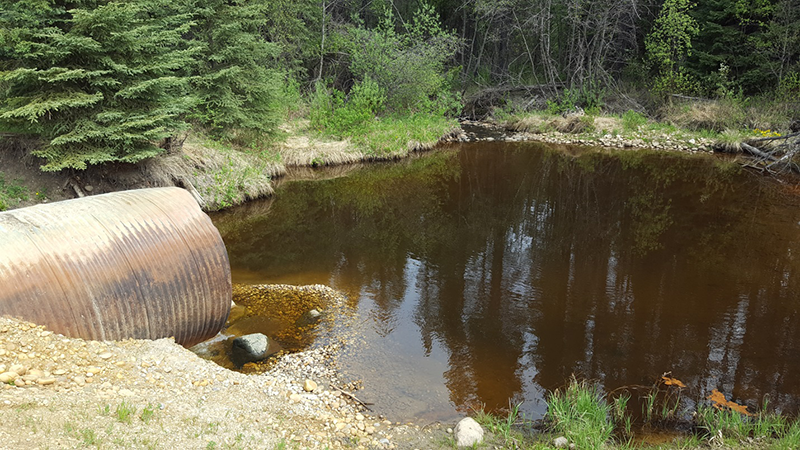Green Dream Internship
7 juin 2016 15:14 Laisser vos pensées
Hello there! As this is my first blog post I thought I would start by giving you a little bio of myself and how I got into forestry. My name is Faron Dyck and I grew up running around the bush in a small town in northern Alberta by the name of La Crete. I was exposed to forestry starting at quite a young age as forestry is the second biggest industry in town next to farming, and many farmers also work in forestry over the winter. My father has been running logging operations for as long as I can remember, and it was him who gave me my first job in the industry as a delimber operator for a logging contractor called Sonny’s Trucking out of Slave Lake, Alberta. I ran the delimber for four years before changing jobs, and that change only lasted a few years before I was back in the bush, but this time I was bouncing around on a skidder 2 hours north of High Level (for those of you who don’t know High Level, that’s quite far north indeed). After five years of working as a logger I decided to make forestry my career and I got into the Forest Technology program at NAIT. The forest was my playground growing up (perhaps not the safest of playgrounds, but La Crete is in its own world) and time spent in the forest has never felt like work. I find it a privilege to be able to go to work in a place where I feel so at peace.
My job for the summer is the Roads and Log Haul Assistant at Millar Western Forest Products in Whitecourt. The first thing on my list for the summer is to complete road inspections of all of Millar Westerns roads which are classified as high risk. Any high risk roads must be inspected once a year, whereas medium risk roads only need to be inspected every 1-3 years, and low risk every 5 years. With the high risk inspections nearly wrapped up already, I am gearing up to start completing crossing inspections next week. All crossings over streams which have potential for fish habitat must adhere to strict government regulations, and this is made even more important by the fact that this area houses multiple protected species of fish such as the Arctic Grayling, the Athabascan Rainbow Trout, and the Bull Trout. Failure of any crossing over fish habitat could be disastrous for life in the stream, so regular inspections and maintenance are key in preventing any mishaps. There is of course many other duties to my job, but so far inspections have been the major part I play here.
A big personal bonus to the road and crossing inspections is that as an avid fly fisher, it allows me to scout out fishing locations that are not well known to the general public. The beauty of some of these back-woods streams is breathtaking and I can hardly wait for the June 16th start to their fishing season. About two weeks ago I inspected a culvert that had been worked on the previous year and the pool it flowed into had 7 or 8 little grayling and one decent sized trout swimming around and picking insects off of the surface. Needless to say I thought of little else for days.

[Pool filled with grayling and trout]
My next few blog posts will go into more depth of not only my job at Millar Western, but also my life in Whitecourt, my new home for the summer… as well as fishing. There will be lots of fishing.
